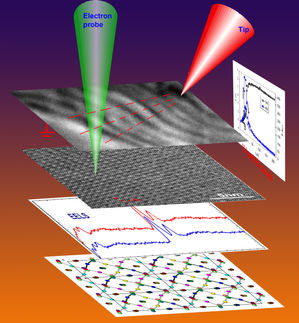Three Asian scientists are presented with the Otto Schott Research Award 2005
Advertisement
Two Japanese and one Chinese scientists, Prof. Kazuyuki Hirao, Kyoto University, Japan, Dr. Kiyotaka Miura, Kyoto University and Central Glass Co. Ltd., Japan as well as Prof. Jianrong Qiu from the Shanghai Institute of Optics and Fine Mechanics, Chinese Academy of Science, China, were named recipients of the Otto Schott Research Award 2005. They were selected for their outstanding research and achievements in the area of optical materials, especially their pioneering work on femtosecond laser-induced microfeatures in glasses and the application of such novel materials to achieve new functionalities. The award, with a total prize money of 25.000 Euros, was presented on April 11, 2005 within the framework of an international congress on glass science in Shanghai.
The three scientists have co-operated closely in the Hiaro Active Glass Project and the Photon Craft Project, both initiated by the Japan Science and Technology Co-operation. Within these projects they have achieved major breakthroughs in the research of novel phenomena in glasses introduced by intensive external electromagnetic fields.
On this basis new microoptical and photonic devices and applications become accessible. For example, direct writing of optical waveguides into glasses opens new opportunities for further miniaturization of optical circuits. The valence state of Samarium ions in glasses can be changed reversibly by laser irradiation in very small volumes of glass. As the local valence state can be detected by fluorescence, this technique is very promising for 3-D-optical memory devices with extreme storage density. In related experiments, the awardees have also shown that spectral hole burning in Samarium containing glasses is persistent at room temperature and can be used for holographic optical memories.
In summary, many novel effects caused by femto second laser irradiation have been studied by the awardees, that open up promising new application for glasses in microoptics and photonics.
Most read news
Other news from the department research and development

Get the chemical industry in your inbox
By submitting this form you agree that LUMITOS AG will send you the newsletter(s) selected above by email. Your data will not be passed on to third parties. Your data will be stored and processed in accordance with our data protection regulations. LUMITOS may contact you by email for the purpose of advertising or market and opinion surveys. You can revoke your consent at any time without giving reasons to LUMITOS AG, Ernst-Augustin-Str. 2, 12489 Berlin, Germany or by e-mail at revoke@lumitos.com with effect for the future. In addition, each email contains a link to unsubscribe from the corresponding newsletter.


























































